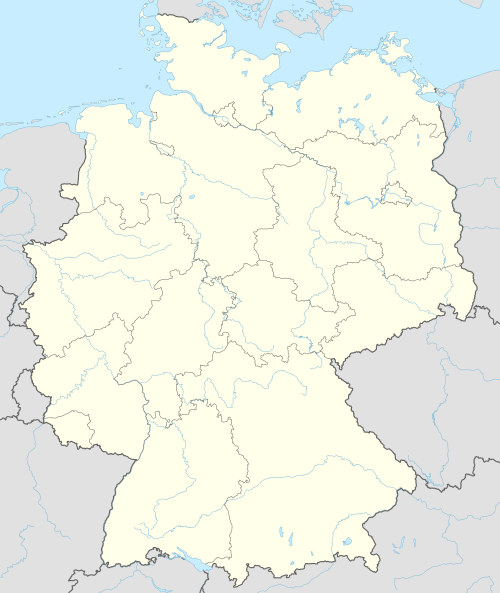List of World Heritage Sites in Germany
From Wikipedia, the free encyclopedia
The United Nations Educational, Scientific and Cultural Organization (UNESCO) designates World Heritage Sites of outstanding universal value to cultural or natural heritage which have been nominated by countries which are signatories to the UNESCO World Heritage Convention, established in 1972.[1] Cultural heritage consists of monuments (such as architectural works, monumental sculptures, or inscriptions), groups of buildings, and sites (including archaeological sites). Natural features (consisting of physical and biological formations), geological and physiographical formations (including habitats of threatened species of animals and plants), and natural sites which are important from the point of view of science, conservation or natural beauty, are defined as natural heritage.[2] As Germany was divided following the World War II, West Germany and East Germany ratified the convention separately, the former on 23 August 1976[3] and the latter on 12 December 1988, the German reunification took place on 3 October 1990.[4]
Germany has 52 sites on the list, with a further seven on the tentative list. The first site listed was the Aachen Cathedral in 1978. The most recent addition were four sites in 2021.[3] Three sites are natural and 48 are listed for their cultural significance. Germany holds the third-highest number of World Heritage Sites in the World, after Italy and China with 59 and 57 sites, respectively.[5] The Dresden Elbe Valley, which was designated a World Heritage in Danger in July 2006, was finally delisted in June 2009, making it one of the only three sites in the world to have been removed from the World Heritage Site register.[6] Cologne Cathedral was listed as endangered from 2006 to 2008 due to plans to construct high-rise buildings nearby that would threaten the integrity of the property.[7] Nine sites are shared with other countries.[3]
